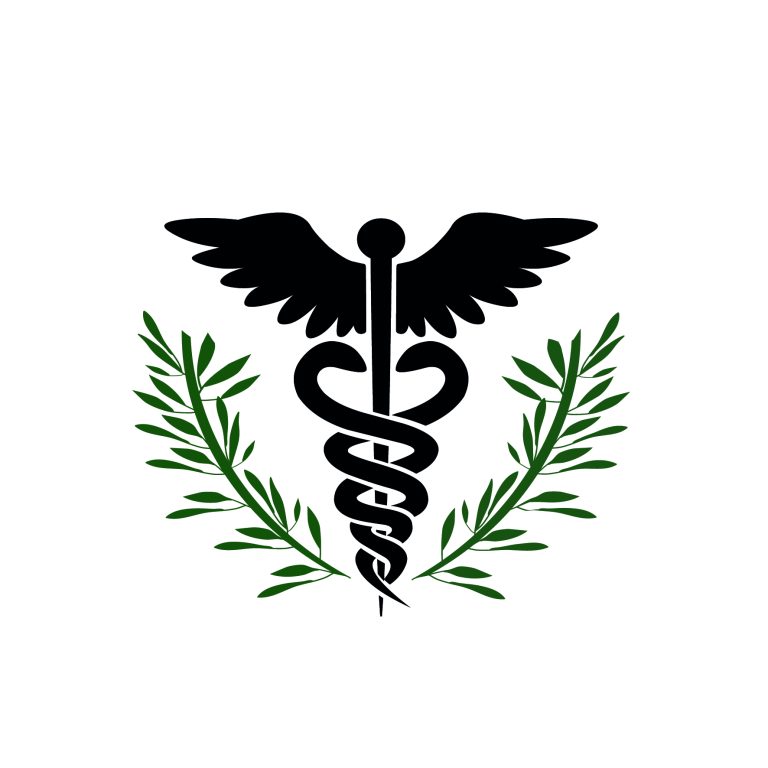By Russell Lemle
On November 16th, the VA released its annual National Veteran Suicide Prevention Report, analyzing data and factors associated with US veterans who died by suicide in 2021. After two consecutive years of decline, the raw number and rate in 2021 poignantly increased. Any upturn is reason for reflection and redoubling of efforts. To do this, however, it’s necessary that Congress and the media get their facts straight.
Many of those who’ve blamed VA for this increase seem to have missed the fact that 62% of the suicides were among veterans who either were not enrolled in the Veterans Health Administration (VHA) or were enrolled but didn’t use VHA in 2020 or 2021. Suicide rates for veterans not using VHA rose faster in the last year — and over the past 20 years — than those using VHA.
If suicide prevention efforts are to be successful for veterans who are not using VHA, as the Annual Report wisely observes, it will take a whole-of-nation public health approach. VA can’t do it alone, especially when it has no direct contact with the majority of veterans who die by suicide.
We particularly want to draw attention to the data which compares suicide deaths of veterans who received all their care in the VHA versus those who qualified for and elected to receive all their care in the contracted Veterans Community Care Program (VCCP). Suicide rates were greater among veterans in the VCCP than among those in the VHA.
This is extremely salient apples-to-apples data. Predictably, news outlets covering the story made no reference to that critical finding. They include Military.com, Federal New Network, Stars and Stripes, Government Executive and Military Times. The Chairmen of the House and Senate Veterans Affairs Committees never mentioned it in their press releases either. As VHPI has consistently pointed out, when it comes to the care (and negative outcomes) of veterans, the VCCP gets an undeserved free pass.
Also lost in Congressional and media coverage is that there has never been a suicide report like this one. It is more nuanced, more comprehensive, more data-driven and more probing of social correlates than any prior report on suicides — veteran or civilian. VA has long done these labor-intensive annual reports on a voluntary basis simply because it’s the right thing to do. They’re not mandated to.
Plus, the report details the deeply sophisticated, multipronged suicide prevention approach of the VA’s Suicide Prevention Program. While it’s difficult to see anything they are overlooking, with numbers remaining high, it’s essential that they keep innovating and researching.
We’ll have more to say about the preponderance of firearms used in men and women veterans suicide deaths in an upcoming VHPI Opinion piece.



